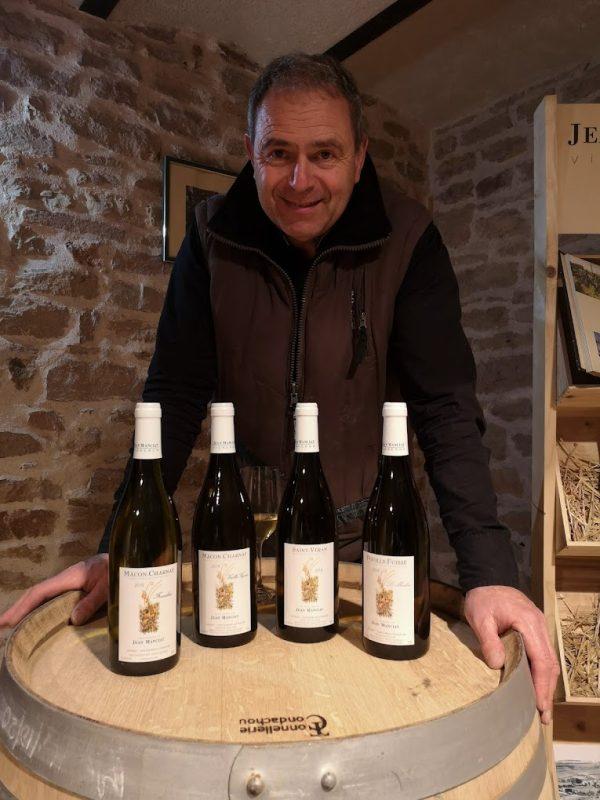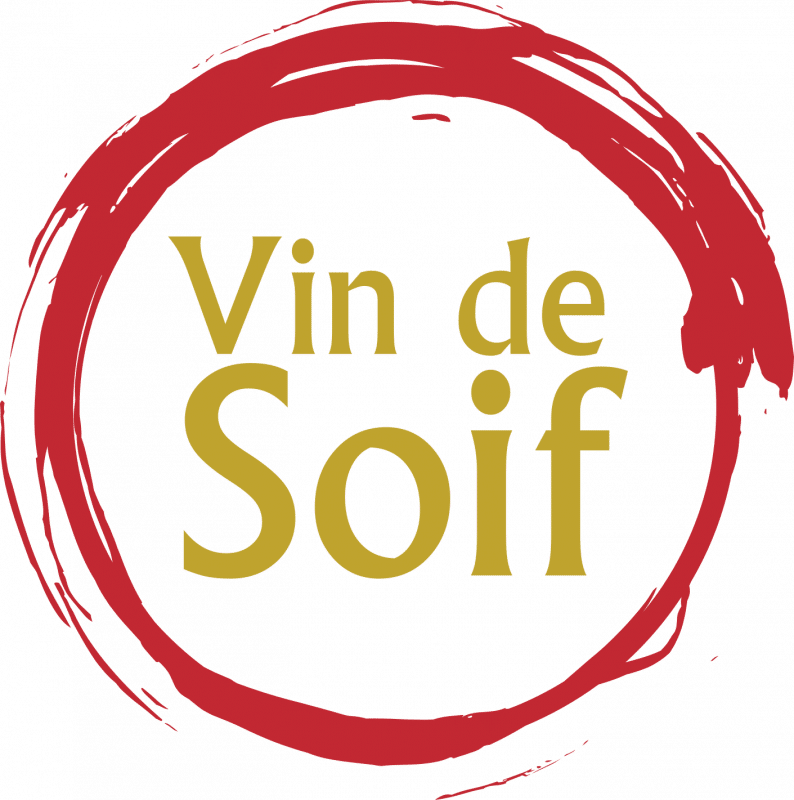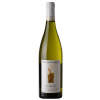Jean Manciat’s vineyards can be toured on foot in a few minutes (5.5 hectares). When Manciat took over his family estate, he immediately left the co-op in Charnay. He replanted extensively but kept as many of the old vines as possible. The yields average less than 50 hectoliters/hectare (the co-ops routinely harvest twice as much) and the picking is done by hand (a tradition totally lost around here except at the best Mâcon estates).
Manciat prunes his Chardonnay vines in the Côte d’Or fashion (taille Guyot), leaving a shorter cane that is less productive. The Mâconnais style of pruning is to bend a long cane into an arc, but Manciat finds the quality much higher with a shorter cane. Manciat is also experimenting with various agricultural techniques, such as sowing particular varieties of grass between rows, to eliminate the use of herbicides and alleviate soil erosion. He uses a type of old rootstock which he finds ideally suited to the chalky soil of the Mâconnais and replants with a mix of clones and grafts taken from old vines in the Pouilly-Fuissé area.
Manciat has a passion for wines fermented and aged in oak barrels, and uses new wood for his Les Crays and Vieilles Vignes. But the Mâcon-Charnay is made in stainlesssteel vats, to express the fruity, floral aromas and flinty minerality that characterize the best Chardonnay in the region.
Quality Macon




